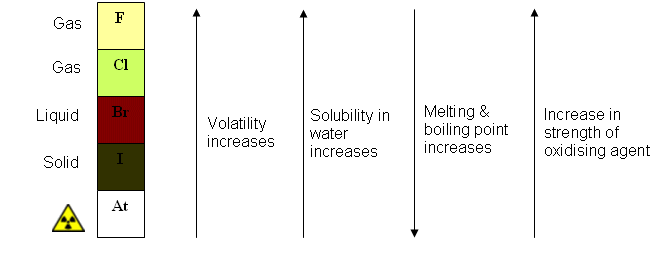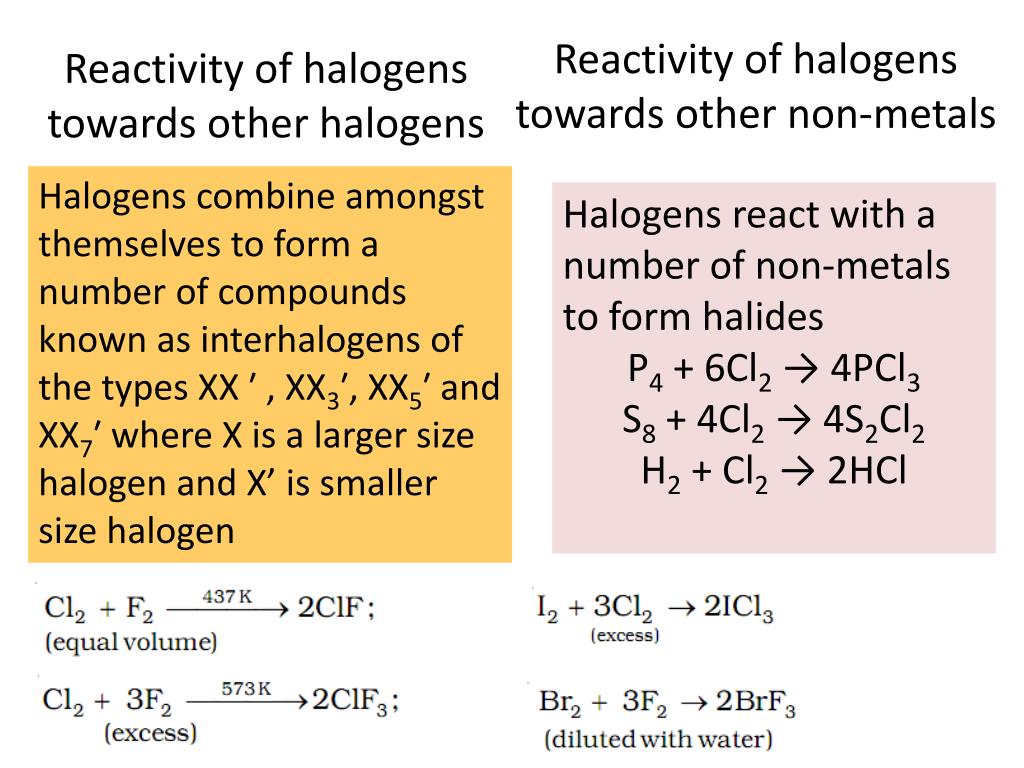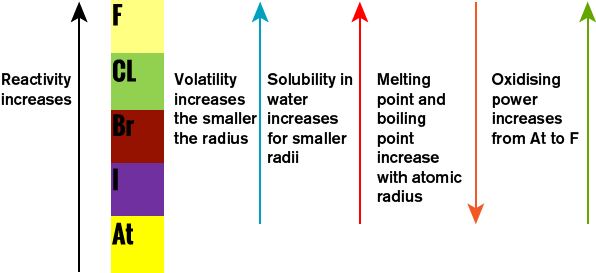
This result was obtained using the β nuc values proposed by Jencks in nucleophilic substitution reactions of carbonates with amine series, attributing β nuc values of 1.0 for the LG departure and 0.3 for the nucleophilic attack, respectively, obtained from linear Brönsted-type plots ( Jencks and Gilchrist, 1968) These analysis were performed considering that the reactions proceeded through: (i) a MC intermediate (stepwise mechanism) and (ii) non-catalyzed pathway, both in agreement to Scheme 2. For instance, β nuc values were reported for the S NAr reaction between 2,4-dinitrophenylsulfonylchloride with secondary alicyclic amines in aqueous media ( Gazitúa et al., 2014), where the LG departure is the RDS for a non-catalyzed pathway ( k 2 channel in Scheme 1). Up to date there are no reports that can establish a range for β nuc values that could separate the nucleophilic attack and the LG departure steps on the reaction mechanism for S NAr processes indicating a non-catalyzed pathway.

obtained β nuc values close to 0.5 which were attributed to the MC formation (nucleophilic attack) as RDS on the reaction mechanism (see Scheme 1) ( Crampton et al., 2004, 2006 Um et al., 2007 Stenlid and Brinck, 2017).

In S NAr reactions proceeding through a stepwise mechanism that discard the general-base catalyzed mechanism ( k 3 in Scheme 1), Crampton et al. has proposed concerted S NAr mechanism based on theoretical analysis validated by experimental studies on the deoxyfluorination reaction of phenols ( Neumann et al., 2016 Neumann and Ritter, 2017). provides experimental and computational evidences that S NAr reactions proceed through concerted mechanism ( Kwan et al., 2018) Ritter et al. postulated a concerted route based on the evidence of a cyclic TS structure for the reaction between 1-(Y-substituted-phenoxy)-2,4-dinitrobenzenes with cyclic secondary amines in acetonitrile ( Um et al., 2014). Nowadays, researchers have opened the discussion over concerted vs.

Two processes for its decomposition have been postulated: (i) expulsion of the LG followed by fast proton loss to give the reaction product ( k 2 channel in Scheme 1) and (ii) the base-catalyzed deprotonation of the zwitterionic complex that loss the LG to give the reaction product ( k 3 channel in Scheme 1) ( Crampton et al., 2004 Um et al., 2007 Ormazábal-Toledo et al., 2013a, b Terrier, 2013 Gallardo-Fuentes et al., 2014 Gazitúa et al., 2014 Alarcón-Espósito et al., 2015, 2016, 2017 Mortier, 2015 Sánchez et al., 2018a, b) Scheme 1 shows the general reaction mechanism for a S NAr considering the reaction of this study and the decomposition channel cited above ( k 2 and k 3, respectively) ( Bunnett and Zahler, 1951 Bunnett and Cartano, 1981 Bunnett et al., 1981) See details in Scheme 1 and Results and Discussions.

The first step of this stepwise mechanism is the nucleophilic attack to the substrate ( k 1 channel in Scheme 1) leading to the formation of an anionic σ-adduct named Meisenheimer complex (MC). The established mechanism for S NAr reactions occurs in activated aromatic substrates with strong electron withdrawing groups (EWG) containing a good leaving group (LG) through an addition-elimination process ( Crampton et al., 2004 Um et al., 2007 Ormazábal-Toledo et al., 2013a, b Terrier, 2013 Gallardo-Fuentes et al., 2014 Gazitúa et al., 2014 Alarcón-Espósito et al., 2015, 2016, 2017 Mortier, 2015 Sánchez et al., 2018a, b). Therefore, β nuc gives information about the transition state (TS) structure related to the RDS on the reaction mechanism ( Buncel et al., 1993). Where G is a constant that depends of the solvent and temperature and β nuc corresponds to the development of charge between the reaction sites of the nucleophile/electrophile pair, respectively, along to the potential energy surface (PES) ( Brönsted and Pedersen, 1924).


 0 kommentar(er)
0 kommentar(er)
